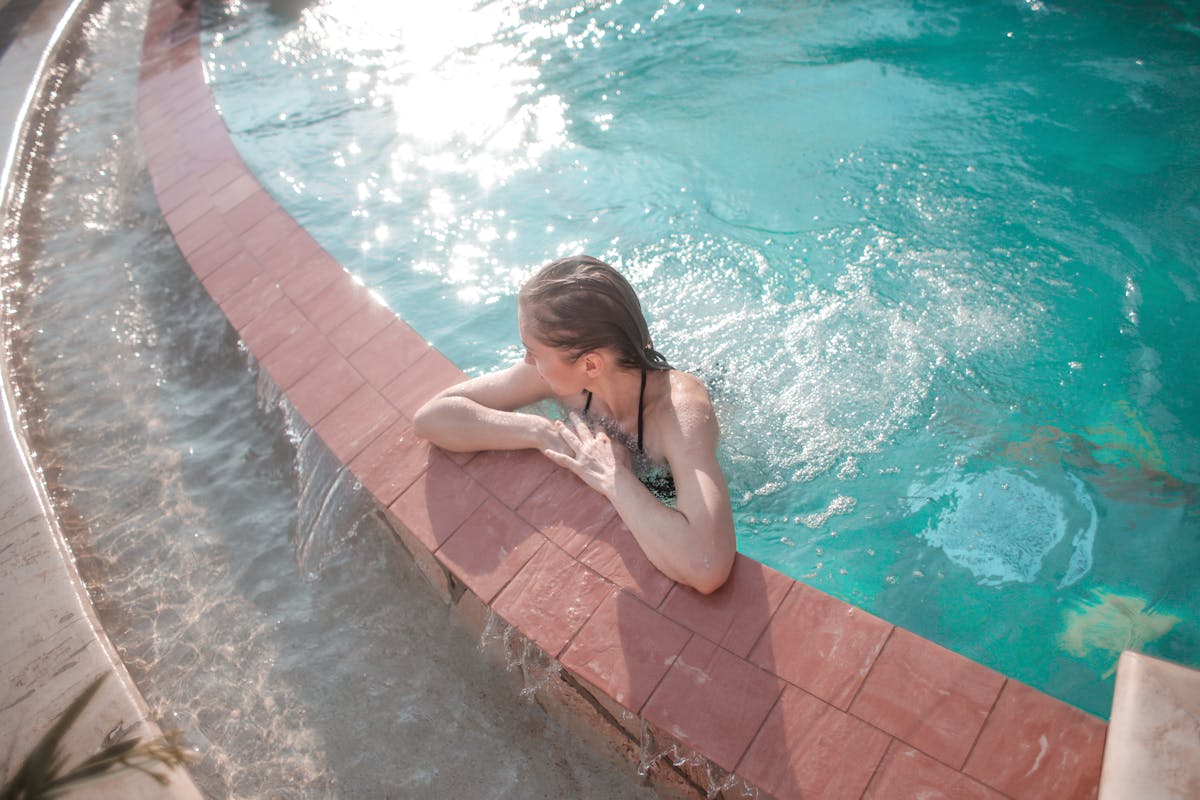Want to swim faster and stay strong from the first stroke to the finish? Interval training might just be your secret weapon in the pool. Whether you’re a beginner working on technique or training for your next meet, these structured swim workouts can help boost your speed, power, and stamina.
But what exactly is interval training for swimmers?
Simply put, it’s a method that alternates between short bursts of high-effort swimming and periods of rest or active recovery. It’s efficient, challenging, and—most importantly—effective. Instead of swimming lap after lap at the same pace, interval training keeps your body guessing and adapting.
Let’s explore seven powerful types of interval swim workouts, complete with sample sets to help you get started.
1. High-Intensity Interval Training (HIIT)
If you’re short on time but want maximum results, HIIT in the pool is a go-to option. It boosts cardiovascular endurance, builds strength, and increases overall swimming efficiency. Studies have even shown that swimmers find HIIT more enjoyable than traditional continuous swimming!
Sample HIIT Sets:
- 10 × 75m freestyle @ 1:30 (fast)
- 20 × 50m freestyle @ 1:10 (fast)
- 30 × 25m freestyle @ :40 (fast)
- 40 × 25m alternating fast/easy @ :30
- 20 × 50m alternating fast swim + easy kick @ 1:10
💡 Tip: Aim for 85–90% of your maximum effort during each sprint.
2. Sprint Interval Training (SIT)
SIT takes intensity up a notch. You’ll go all-out for very short intervals (typically under 30 seconds), with longer rest periods in between—allowing for full recovery before your next blast.
Sample SIT Workout:
- 4 × 50m freestyle, all-out @ 4:00
This type of training pushes your body to maximum output. Be sure to warm up thoroughly and stay hydrated—it’s intense but effective for speed building.
3. Repeated Sprint Training (RST)
RST focuses on maintaining high effort through multiple short sprints with limited rest. It builds speed endurance, power, and fatigue resistance—perfect for swimmers who want to close races strong.
Sample RST Sets:
- 3 rounds: 6 × 25m all-out @ 1:00 + 100 easy
- 6 rounds: 5 × 25m freestyle kick @ 1:00 + 100 easy
- 2 rounds: 15 × 10m sprints @ 1:00 + 200 easy
💡 Pro tip: For short sprints, swim fast for 10 seconds (e.g., 15–20m) and glide the rest of the way.
4. USRPT – Ultra-Short Race Pace Training
USRPT has become increasingly popular thanks to swimmers like Michael Andrew. It focuses on doing many short reps at race pace, with minimal rest. If you can’t maintain pace, you rest or stop the set.
Sample USRPT Sets:
- 30 × 25m at 100m race pace @ :15–:20 rest
- 20 × 50m at 200m race pace @ :20 rest
This type of training is mentally tough and highly structured, but it can fine-tune your race pace like no other method.
5. Tabata Training
Tabata is fast, furious, and efficient. You swim all-out for 20 seconds, then rest for 10 seconds—repeating the cycle eight times.
Pool-Based Tabata Set:
- 8 × (20s sprint + 10s rest)
Ways to reach 20 seconds of effort:
- Use resistance gear like DragSox or swim chutes
- Try tethered swimming
- Do it as a kick set with a board
Tabata sessions are short but demanding—ideal for days when you want maximum benefit in minimal time.
6. Fartlek Swim Training (Speed Play)
Looking for something more spontaneous? Fartlek training mixes moderate swimming with sudden bursts of speed. It’s perfect for endurance athletes and adds variety to your routine.
Sample Fartlek Sets:
- 1,000m freestyle with the last 15m of each 100 fast
- 1,500m as: 100m cruise + 25m kick fast
- 20-minute continuous swim, with coach/partner signaling bursts
This method keeps things fun and dynamic while building aerobic endurance and mental sharpness.
7. Long Interval Training
Long intervals break extended swims into manageable chunks while maintaining speed and technique. It’s great for improving aerobic capacity and pacing.
Sample Long Interval Sets:
- 4 × 300m fast @ 3:00 rest
- 3 × 500m at steady pace
- 2 × 1,000m with consistent effort and form
Compared to unbroken long swims, these sets allow you to push harder and learn to sustain technique under fatigue.

What Makes Interval Training So Effective for Swimmers?
Interval swim workouts target both your aerobic and anaerobic systems, boost your ability to hold race pace, and improve mental toughness. They’re also:
- Time-efficient
- Customizable for all skill levels
- More engaging than traditional swimming
No matter your goal—building stamina, dropping seconds off your 100m, or just getting fit—interval training can get you there faster.
🏊♂️ Bonus Tip for Faster Training: Use the Right Gear
Training hard is important—but training smart means using the best tools. A pair of high-quality swim goggles helps you focus during sets without adjusting for fog, leaks, or poor visibility.
✅ FAQ – Interval Swim Workouts
Interval training in swimming is a workout method that alternates short bursts of high-intensity swimming with periods of rest or active recovery. It’s an effective way to build speed, endurance, and technique in the water.
Yes. Interval swim training can be tailored for swimmers of all levels. Beginners can start with shorter swim intervals (e.g., 25m or 50m) followed by longer rest periods to build endurance and comfort in the water.
Most swimmers benefit from 2–3 interval swim workouts per week. This frequency provides enough intensity for progress while allowing time for rest and technique-focused sessions on other days.
Using swim gear like anti-fog swim goggles, DragSox, swim parachutes, or stretch cords can enhance training by adding resistance or improving comfort and visibility during intense sets.
Absolutely. Interval swim training improves your ability to hold race pace, manage fatigue, and increase your anaerobic capacity—making it a popular method among elite and competitive swimmers.
👉 Check out our top-rated swim goggles for training and racing to upgrade your gear and stay swim-ready every session.

